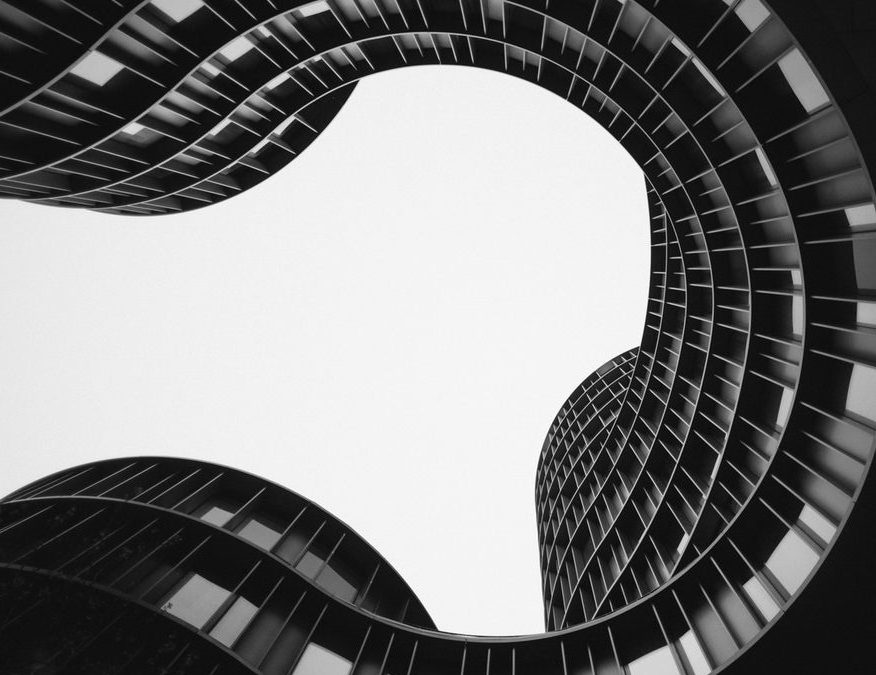The Fascial Manipulation Method is a publication featuring actual case reports. This publication is dedicated to the deepening our understanding of the common dysfunctions we encounter in our clinical practice, how they present and how they can be treated with Fascial Manipulation. Professionals tell us their cases, accurately describing the patients symptomatology, the working plan they have chosen and the results obtained due to the treatment. The names of the patients have been modified for privacy reasons
Clinician: Carafa Martina
Patient: female, teacher and tennis pro, has been complaining of hip and pelvis pain for 2 weeks. She complains of stiffness and pain only during tennis matches. Her activities consist on average of 3-5 hours of play per day plus free-body training.
Her history includes right kidney surgery for a benign tumor three months ago. In January, 2 years ago, she began to suffer with paraesthesia in the right side of her head. She also complained of vertigo for the past year. She was prescribed antidepressant drug therapy by a neurologist but refused this treatment.
She has “always” complained of colitis and difficulty digesting carbohydrates without a full-blown pathology. She does not trace it back to any psychic and physical trauma.

As a sportswoman she remembers the following traumas: hamstring muscle injury of the right lower limb with recurrence 10 years ago and bilateral ankle sprains both about 20 years ago.
I hypothesized a viscero-somatic treatment originating in the lumbar tensostructure.
I start with the palpation of the catenaries, finding them all sore at the LU/PV level, in particular the latero-lateral and oblique. From a second deeper palpation AN-LA shows the greatest tension. The control catenaries confirm the above hypothesis with bilateral AN-LA Cl. Evaluating hinge points and distal points I found greater tension at the lower limbs right>left in the LA sequence.
I treated AN-LA-PV-rt, LA-GE-rt, and AN-LA-CL bilaterally.
At the end of the first session, the patient felt better, freer in movements and lighter.
Second treatment
She felt better during her workouts. The discomfort at the sacral level improved and she felt that the laparoscopic scars were less rigid.
I re-evaluated the points of the previous session and still found tension on the right PV level. I choose the oblique catenary and treated In-Pv-rt +++, Er-Ge-bi ++ and In-Ta-bi +++.
When she gets up she feels freer in her movements, but still tired and heavy, so I choose to add IR-SC bilateral and these feelings disappeared.

